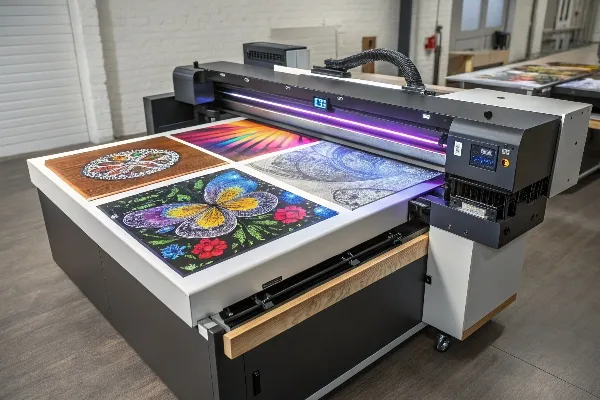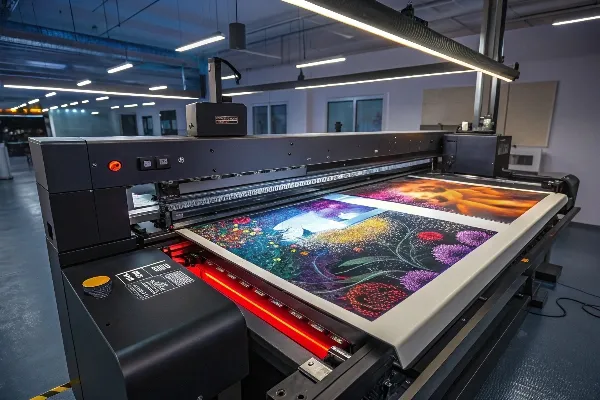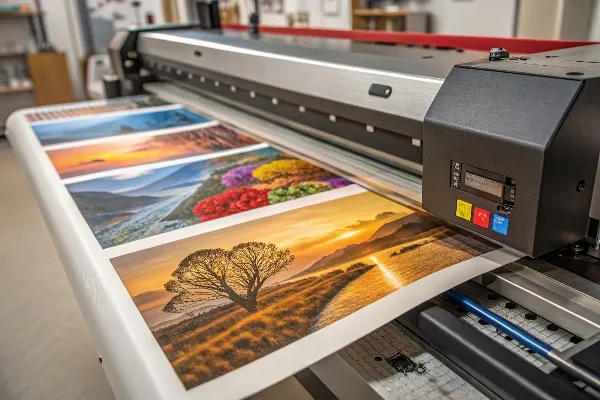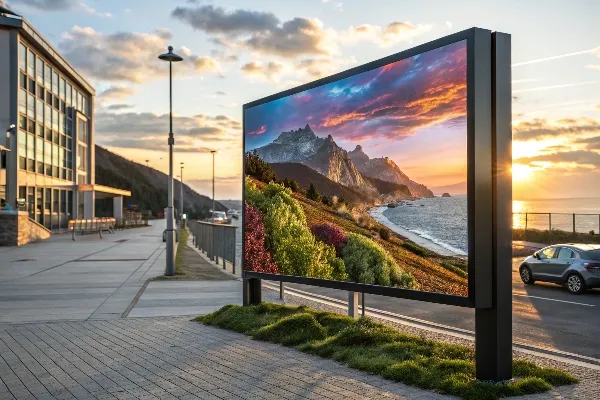Avoid your inquiry is delay response, please enter your WhatsApp/WeChat/Skype along with the message, so we can contact you at the very first time
We will reply you within 24 hours. If for urgent case, please add WhatsApp: +8617888313102, or WeChat: +86 17864107808. Or call +86 17864107808 directly.
*We respect your confidentiality and all information are protected. We will only use your information to respond to your inquiry and will never send unsolicited emails or promotional messages.
Have you ever wondered why some prints fade quickly while others stay vibrant for years? As someone who has spent 10 years in the printing industry, I’ve seen this confusion many times.
UV printers and normal printers differ mainly in their ink curing process and printing capabilities. UV printers use ultraviolet light to instantly cure special inks, allowing printing on almost any material, while normal printers use heat or air-drying and are limited to paper-based materials.

Let me take you through the key differences I’ve discovered through years of experience in both UV and traditional printing methods. The insights I’m about to share will help you make an informed decision for your printing needs.
After testing countless printing methods, I still get amazed by the quality UV printing delivers. The results often exceed client expectations, especially in color vibrancy and durability.
UV printing offers superior quality with vibrant colors, sharp details, and instant drying. The UV-cured ink creates a durable finish resistant to scratching, fading, and weathering, making it perfect for both indoor and outdoor applications.

| Feature | UV Printing | Traditional Printing |
|---|---|---|
| Color Vibrancy | Exceptional | Good |
| Detail Resolution | Up to 1440 DPI | Up to 1200 DPI |
| Durability | High resistance | Medium resistance |
| Drying Time | Instant | Hours to days |
| Color Consistency | Highly consistent | Variable |
During my years of experience, I’ve noticed UV printing excels particularly in three areas:
This is one of the most common questions I get from potential clients. The versatility of UV printing still amazes me after all these years in the business.
UV printers can print on virtually any material – glass, metal, wood, plastic, fabric, leather, and more. The key limitation is the object’s size and shape rather than its material composition.

| Material Type | Compatibility | Special Considerations |
|---|---|---|
| Glass | Excellent | Requires primer for better adhesion |
| Metal | Excellent | Surface cleaning essential |
| Wood | Very Good | May need surface treatment |
| Plastic | Excellent | Temperature sensitivity check needed |
| Fabric | Good | Pre-treatment may be required |
| Leather | Very Good | Surface texture affects quality |
| Ceramics | Excellent | Proper surface preparation crucial |
From my experience, successful printing on different materials requires understanding three key factors:
Based on extensive testing and real-world applications, I can confidently discuss the permanence of UV printing. It’s a question that directly impacts product value and customer satisfaction.
UV printed materials can last for 3-5 years outdoors and up to 10 years indoors without significant fading or degradation. The durability comes from the chemical bonding process during UV curing.

| Aspect | Performance | Notes |
|---|---|---|
| UV Resistance | High | Minimal fading in sunlight |
| Chemical Resistance | Excellent | Resistant to most cleaners |
| Scratch Resistance | Very Good | Depends on substrate |
| Water Resistance | Excellent | Fully waterproof |
| Heat Resistance | Good | Up to 200°F/93°C |
The permanence of UV printing depends on several factors I’ve identified through years of testing:
UV printing represents a significant advancement over traditional printing methods, offering superior durability, versatility, and quality. Its ability to print on virtually any material while providing permanent results makes it an invaluable technology for modern printing needs.